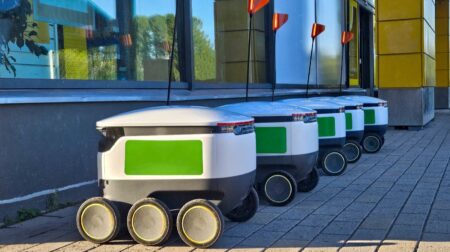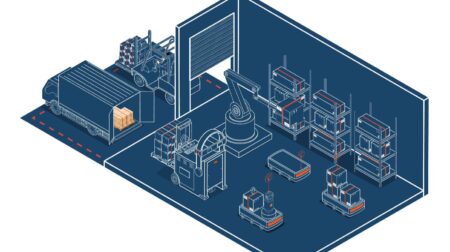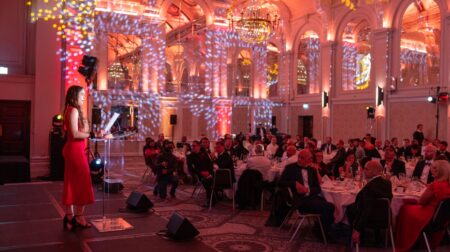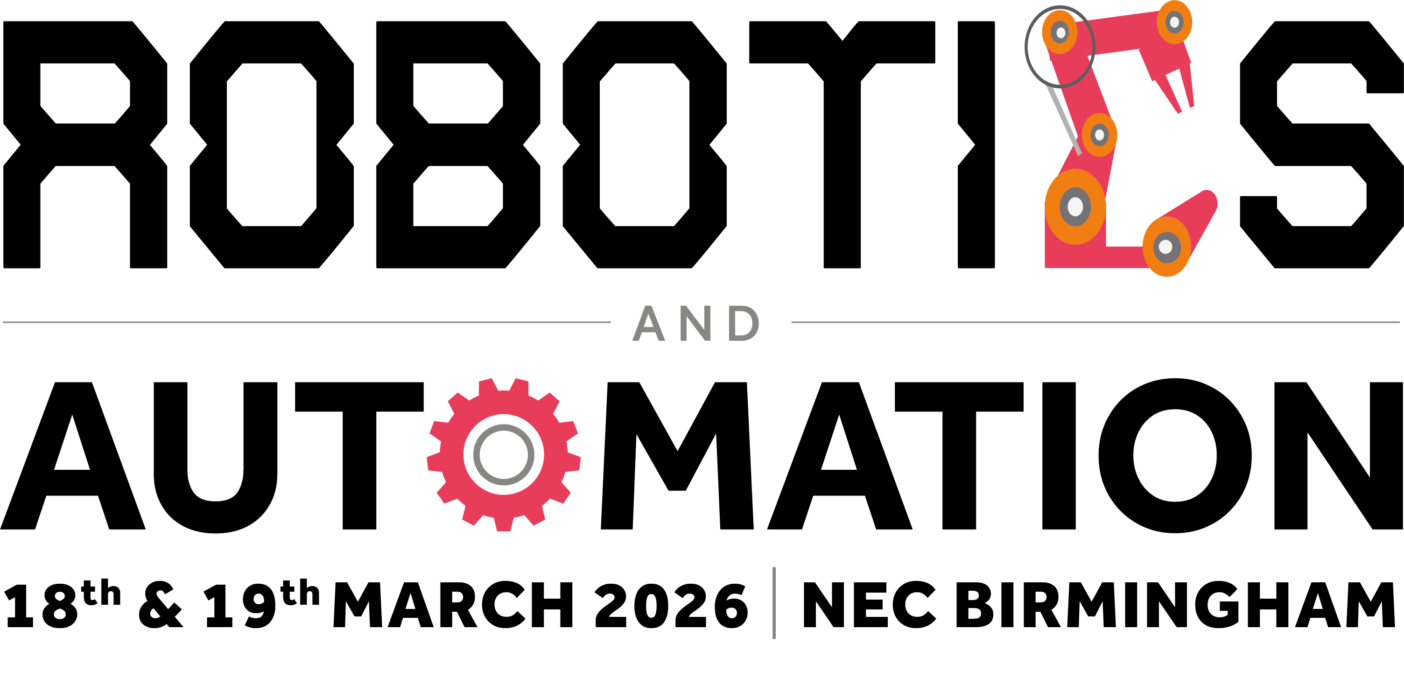With entries for the Robotics & Automation Awards 2025 now open, Robotics & Automation Magazine has launched an exclusive series of Q&A interviews with the expert panel of judges responsible for evaluating this year’s submissions.
Over the coming weeks and months, the magazine will spotlight each judge – a dynamic mix of thought leaders, technical specialists, and business strategists drawn from across the robotics, automation, AI and smart manufacturing sectors – to explore their backgrounds, industry outlooks and what they’ll be looking for in an award-winning entry.
From end users and integrators to researchers and investors, this year’s panel represents a diverse blend of practical and academic expertise – all of which will help identify the most transformative, scalable, and commercially viable innovations driving the next era of automation and intelligent systems.
Our next judge is Dr Nicola Bailey, a senior lecturer (associate professor) at King’s College London and a member of the Centre for Robotics Centre.
She completed her Master’s degree and PhD at the University of Nottingham, before being awarded an EPSRC Doctoral Prize.
Dr Bailey moved to the University of Bath in 2015 as a postdoctoral research associate, and subsequently appointed Lecturer in 2017 before promoted to Senior Lecturer in 2022.
She moved to King’s College London in 2023. Her research focuses on improving the understanding and advancement of complex mechanical systems, researching fundamental concepts for next generation technology in the fields of high precision robotic systems, assistive technology and rotating machines.

Name: Nicola Bailey
Job title: Senior Lecturer (Associate Professor)
Organisation: King’s College London
How does your professional background align with the Robotics & Automation Awards’ goal of recognising excellence in automation and intelligent technologies?
As an academic researcher in robotics, my work focuses on the advancement of theoretical and practical fundamentals of automation, particularly in areas such as precision control, continuum mechanics, and adaptive systems. Projects that bridge cutting-edge research with real-world applications, often in collaboration with industry partners, are the backbone of my work. This experience gives me a unique perspective, as I understand both the technical challenges required to push the boundaries of automation and intelligent technologies, together with the practical considerations that drive successful implementation. I am especially interested in how emerging technologies can solve real problems in manufacturing, logistics, and beyond.
What current trends or technologies in robotics and automation are you most excited about, and how do you anticipate seeing them reflected in this year’s entries?
One of the most exciting trends in robotics and automation currently, is the growing emphasis on autonomy and intelligence edge. Robotic systems are more able to make real-time decisions locally, without relying on cloud infrastructure, which enhances their reliability, scalability, and resilience. This is especially important in applications where latency or maintaining a stable and reliable connectivity is a barrier. Another exciting trend is applications with a focus on sustainability, both in the design of the robotic system and the problems being examined. This includes right-first time flexible manufacturing to reduce waste, increase energy efficiency, and improve the output of high-quality components. It is anticipated that this year’s entries with reflect some of these trends, demonstrating systems that are not only more intelligent and autonomous, but also thoughtfully integrated with a clear successful real-world impact.
From your perspective as a judge, what qualities will distinguish a truly standout submission?
The submissions that will stand out the most, are those that break the mould. They will use automation or robotics in a new way, with innovation that re-thinks current approaches and pushes the boundaries of what is currently possible. Demonstration should include a combination of technical excellence, effectiveness, and real-world impact where their technology has made a tangible difference. This could be through increased productivity, improved safety, cost savings, environmental benefits, or user adoption. The submission should tell a cohesive story; what the problem was, how it was addressed, and why it matters, making it easy for judges to understand and appreciate the innovation with relevance to the challenges and opportunities facing the robotics and automation sector today.
How do industry awards such as these help foster innovation, investment and commercialisation in the robotics and automation sector?
Industry awards, like the Robotics & Automation Awards, perform a vital role in fostering innovation, investment, and commercialisation. This includes visibility and validation, providing a platform to demonstrate groundbreaking work, and offer recognition from peers and industry leaders. For innovators, winning awards can promote credibility, which is essential for attracting investment and strategic partnerships. Additionally, they can incentivise excellence by celebrating high standards of technical achievement which push boundaries, inspiring others in the field to innovate. These awards traditionally bring together academia, innovators, and industry, bridging the gap between research and commercial applications.
Can you share an example of a robotics or automation innovation – either recent or historic – that you believe has had a lasting impact on the way industries operate?
One of the most transformative innovations in robotics and automation was the introduction of programmable robotic arms, which has since been widely adopted. This technology laid the groundwork for the modern automated production line, drastically increasing efficiency, product consistency, and scalability across industries in numerous industries. This revolutionised manufacturing by enabling precise, repeatable, and high-speed automation of tasks, allowing the workforce to be re-trained into critical areas, where shortages were arising. Today, the next generation of technology is being deployed across all sizes of enterprises.
What advice would you give to companies and individuals submitting an entry this year?
If you are submitting an entry this year’s awards, focus on clarity, impact, and novelty. The judges come from diverse backgrounds, so be sure to communicate both the technical strengths and practical value of your work. Be clear and concise in explaining your innovation, what makes it unique, and why it matters. Highlight how your solution addresses the need, and how it stands apart, whether this is through performance, design, or usability. Additionally, focus on demonstrated impact, which may include efficiency, safety, cost savings, or sustainability. Tell a compelling story; the best entries combine technical excellence with a clear narrative of purpose and potential.
Achievements and innovations in retail and e-commerce, healthcare and pharmaceuticals, food and beverage, automotive, transport & logistics, and more will be celebrated at the Robotics & Automation Awards on 29 October 2025 at De Vere Grand Connaught Rooms in London. Visit www.roboticsandautomationawards.co.uk to learn more about this unmissable event for the UK’s robotics and automation sectors!









